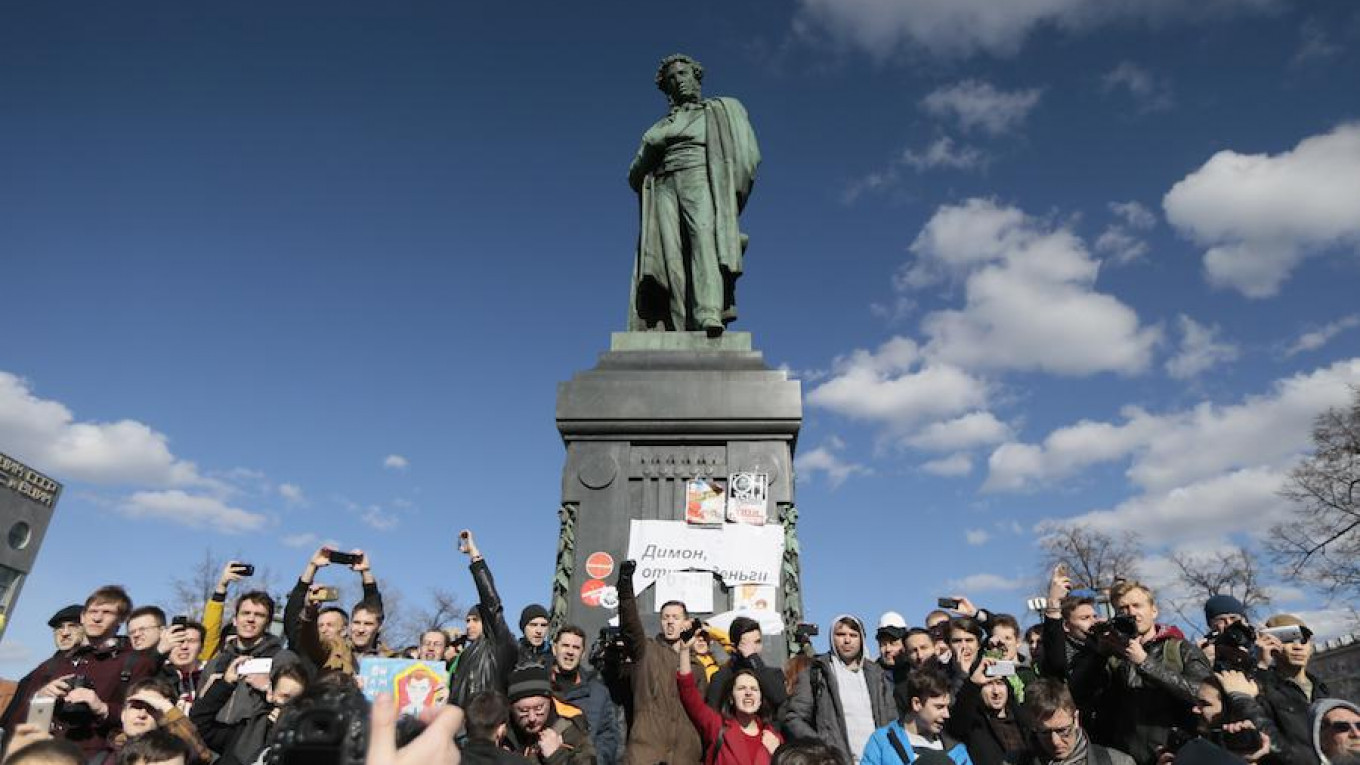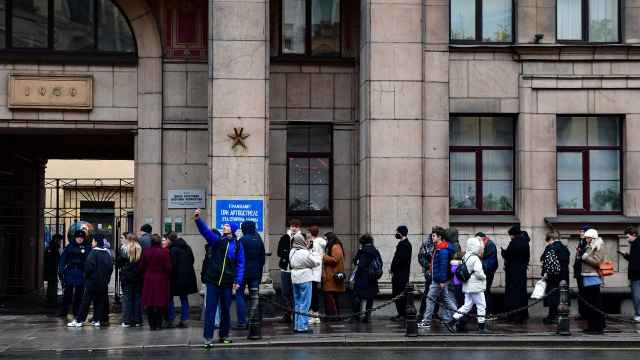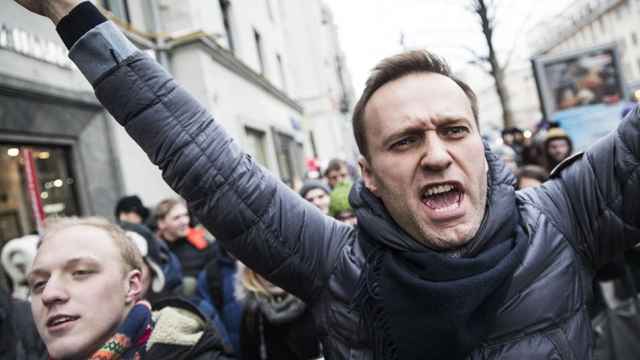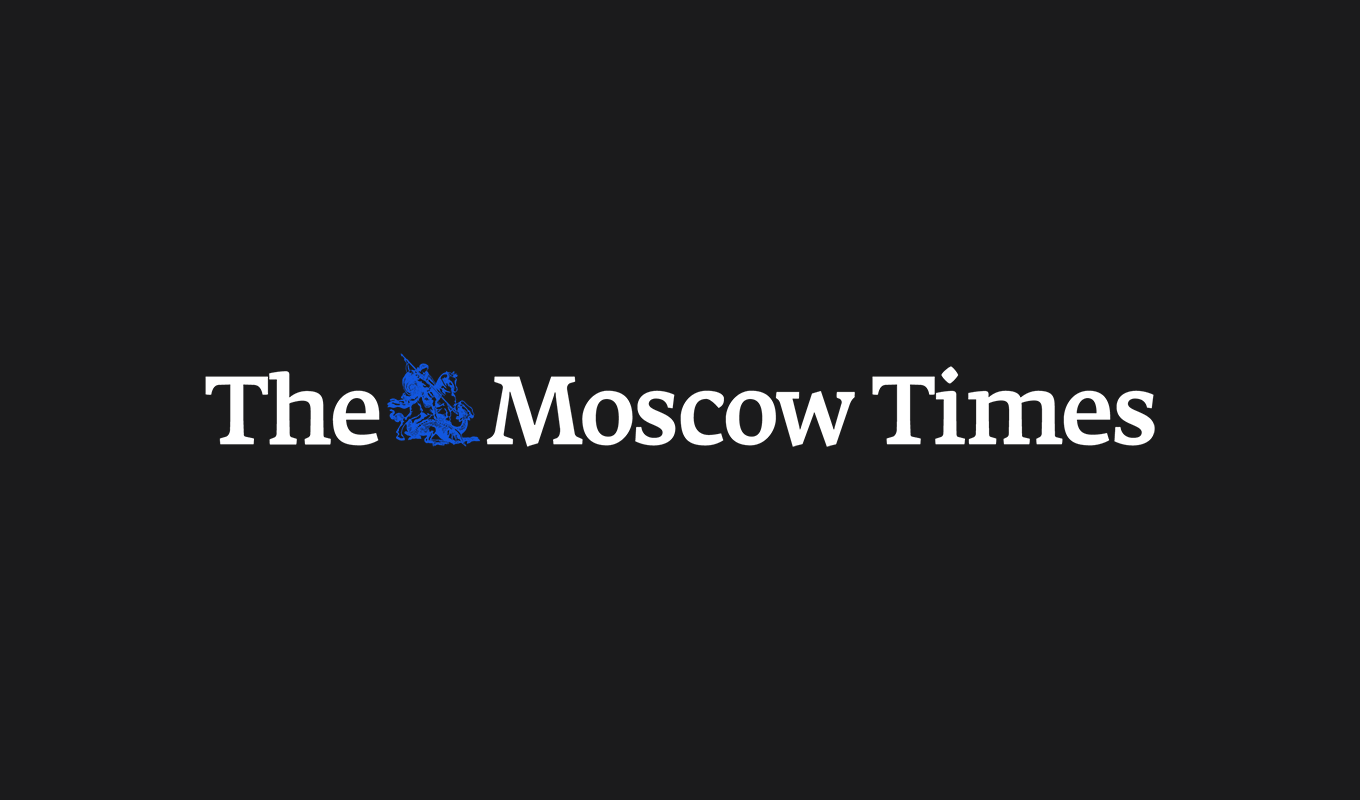Alexander Pushkin, Russia’s beloved poet, has become caught up in the middle of a political battle in Moscow.
When thousands of protesters flooded the city centre on Sunday as part of nationwide anti-corruption demonstrations organized by opposition leader Alexey Navalny, they congregated around the city's iconic Pushkin statue.
Within hours, the poet was engulfed by protesters who covered him in posters in support of Navalny and “Medvedev to Court” stickers.
The protest culminated in over a thousand arrests – a record in Moscow under president Putin's rule. With the most violent clashes between police and protesters taking place at the feet of the Pushkin statue, it became one of the symbols of the demonstration.
Dozens of iconic photographs appeared of protesters with Pushkin. Russia's most famous political cartoonist, Sergey Elkin, drew a picture of Pushkin being carried away by riot police with the caption: “But I'm just a statue!”.
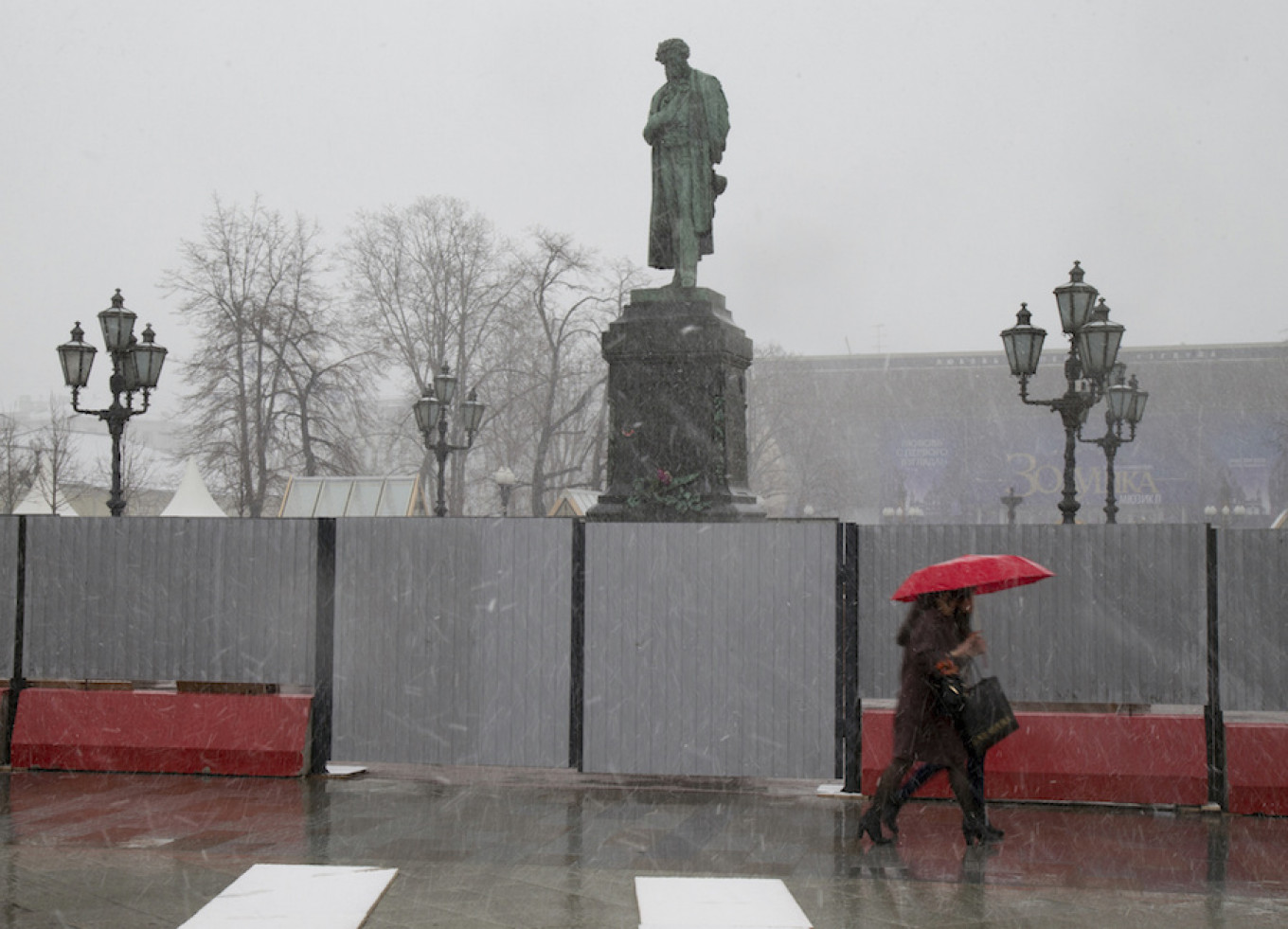
But Pushkin’s involvement in the protest did not end there. And what happened next to the poet is emblematic of Moscow’s long history of blocking public spaces in the aftermath of protests to prevent more gatherings in the city's squares.
The day after the protest, the statue was cordoned off and city authorities announced it would be reconstructed.
Moscow’s mayoral office maintains that the works on Pushkin Square have nothing to do with the protests. In an interview with Russian state media, Moscow city's main architect Leonid Kondrashev said that the works were planned long ago
“We could not have predicted these political developments,” Kondrashev said of the protests.
But many find this hard to believe.
“I do not think this is a coincidence,” says urban architect Yevgeny Asse, who also took part in the protest on Pushkin Square. “It's a reaction to what happened,”
Asse says reconstruction is one of the “instruments” authorities use to stop more protests from taking place. “Pushkin is innocent! he laughs. “He just happened to be there that day!”
“This is nothing new,” agrees Moscow historian and urbanist Pavel Gnilorybov, who says this is a typical post-protest reaction by authorities.
In Moscow’s long history of closing public spaces after protests, the best example is the reconstruction of Triumfalnaya Square, formerly known as Mayakovsky Square.
The statue of the Soviet poet there has been a gathering point for political dissidents since the 1950s. But the KGB found a variety of ways to stop famous poetry readings from happening, including circling students around the statue with snowplows.
In 2009, Triumfalnaya Square was once again a meeting spot for protesters. On the 31st day of each month, protesters would gather on the square to defend the 31st article of the Russian Constitution, which guarantees the freedom of assembly.
“People were gathering on the steps of the square, says Gnilorybov. “So authorities decided to reconstruct it.” Mayakovskaya is no longer a square, in the traditional sense: City authorities have installed all sorts of objects — including large swing sets — to prevent crowds from gathering.
Muscovites and tourists also used to be able to walk up to the Russian White House, the primary office of the government. But after October 1993, when Russia was on the brink of civil war and protesters came out in their thousands to stop a KGB coup, authorities erected fences around the building. It is now completely inaccessible.
Then there was the reconstruction of Manezhnaya Square, which used to see regular demonstrations and has been shut since. The Administration of the President, in the city's central Kitay Gorod district, is also cut off by fences.
Under President Putin, more and more government-associated buildings are cut off from the public. Even the Soviets and the Tsars, Gnilorybov says, did not limit public spaces after dissent as much as Russia currently does.
As Pushkin witnessed this weekend, authorities have reached absurd levels of limiting access to government buildings and the space to protest.
“It's an absolutely stupid method,” Asse says. “You can't close off the entire city.”
A Message from The Moscow Times:
Dear readers,
We are facing unprecedented challenges. Russia's Prosecutor General's Office has designated The Moscow Times as an "undesirable" organization, criminalizing our work and putting our staff at risk of prosecution. This follows our earlier unjust labeling as a "foreign agent."
These actions are direct attempts to silence independent journalism in Russia. The authorities claim our work "discredits the decisions of the Russian leadership." We see things differently: we strive to provide accurate, unbiased reporting on Russia.
We, the journalists of The Moscow Times, refuse to be silenced. But to continue our work, we need your help.
Your support, no matter how small, makes a world of difference. If you can, please support us monthly starting from just $2. It's quick to set up, and every contribution makes a significant impact.
By supporting The Moscow Times, you're defending open, independent journalism in the face of repression. Thank you for standing with us.
Remind me later.


